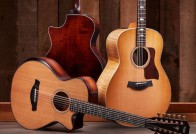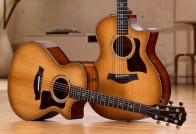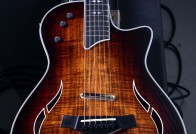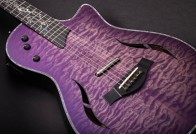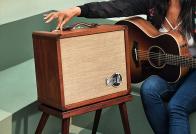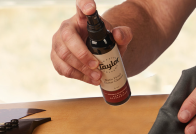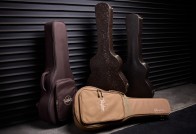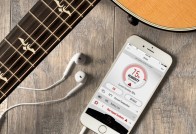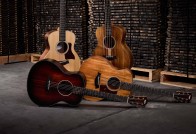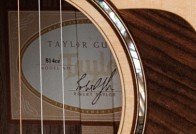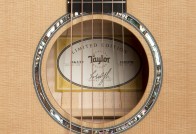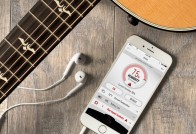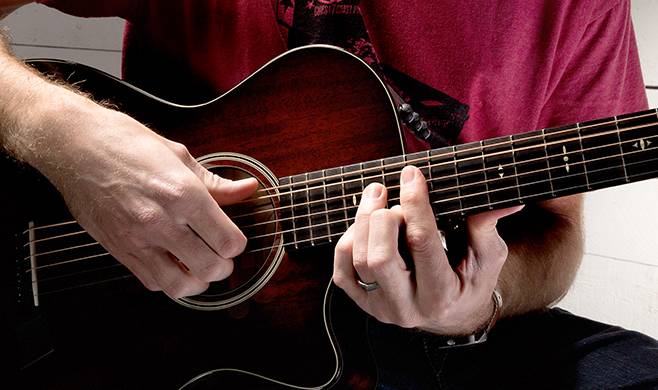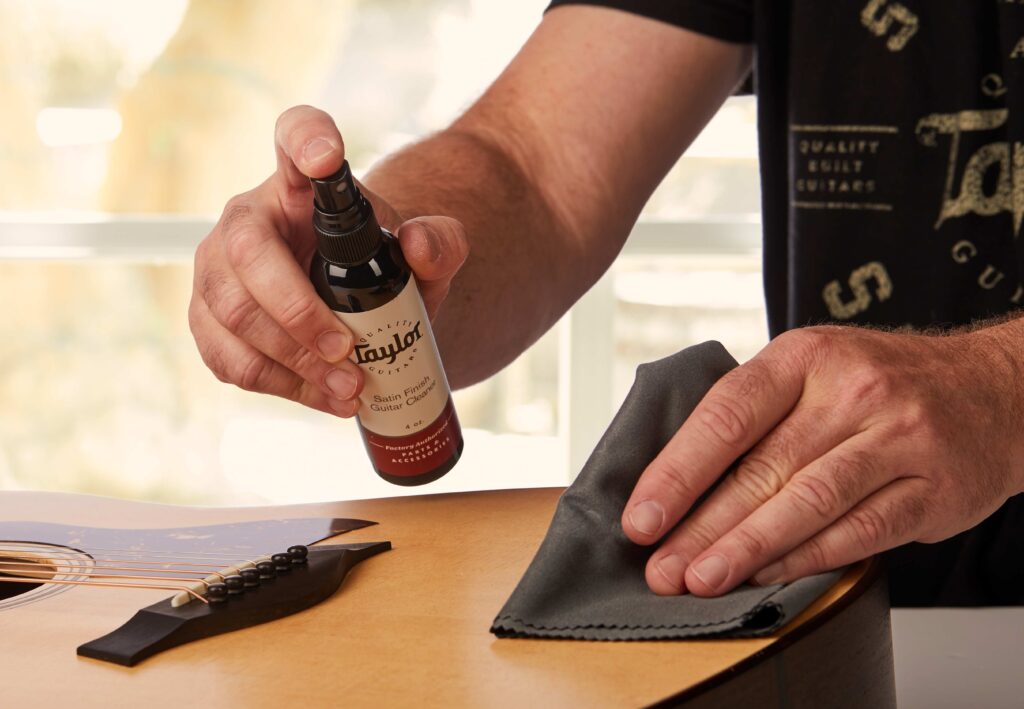What’s Your Guitar Player Profile? It’s all about you. The guitar you choose should respond well to your playing style and other aesthetic preferences, both in terms of sound and looks. If you’re a beginner and haven’t defined your playing style yet, don’t sweat it. A good place to start is by thinking about what your musical influences and goals might be.
“A guitar is a very personal extension of the person playing it. You have to be emotionally and spiritually connected to your instrument. I’m very brutal on my instruments, but not all the time.”
– Eddie Van Halen
1. How will you be playing the guitar: fingerpicking, strumming, flatpicking, or a mix?
This will help you decide whether you want a versatile performer or a guitar that suits a more specialized playing style.
2. Do you have a light picking/strumming attack, a heavy attack, or something in-between?
This will help you focus on the right body style to accommodate the amount of energy you’ll be applying to the guitar. Generally speaking, the stronger and louder the sound you’re looking for, the bigger the guitar you’ll need.
• If you have a softer, more delicate attack:
You need an acoustic guitar that will come alive in your hands without requiring too much attack. In general, smaller-body guitars require less energy to get the top moving and with a light touch will often be louder than a larger body shape. It’s a good option for fingerstyle players.
• If you have a heavier picking or strumming attack:
Your playing style may overload a smaller guitar body. You’ll be better served with a full-bodied guitar that will respond to the high energy that comes from the strong pick attack.
• If you have a dynamic or hybrid playing style:
You’re looking for versatility, and a medium-size guitar will usually get you there. You’ll be able to get an immediate response when you play lightly and a more powerful sound when you dig in. If you want an even wider dynamic range (one that offers more tonal output), try a bigger body size.
3. Where will you be playing the guitar?
If you’re looking for a couch strummer, you might want something that’s comfortable — probably with a smaller body that’s easy to cradle.
If you’ll be playing with friends and want a good amount of acoustic guitar volume without having to plug in, you’ll likely benefit from a bigger body.
If you plan to play live gigs, you’ll definitely want a guitar with a pickup.
Related: 8 Tips For Trying Out And Choosing An Acoustic Guitar
4. What style(s) of music do you want to play?
Think of what type of sound you need to express that style or musical genre. A lively bluegrass picker or someone who plans to strum big, open cowboy chords might want a bigger body that’s capable of producing robust bass, volume and projection. A fingerstyle player might prefer a more responsive and articulate sound and lean toward a smaller body.
Bluegrass/flatpicking: Dreadnought or other medium to large body for maximum volume and projection
Country/Blues fingerpicking: Small to medium body
Acoustic rock strumming: Medium-size body for rich, open chords
“Guitar is the best form of self-expression I know.” – Slash
5. Are there certain tonal properties you have in mind, such as volume, richness, low-end response, warmth, etc.?
If you have a certain sound profile in mind, this will help steer you toward both your body shape and tonewoods. Rosewood tends to emphasize the low end and high end of the musical spectrum; mahogany has a focused, meaty midrange presence. A cedar top produces warmth that really shines with fingerstyle playing. If you don’t really know what you want, that’s okay. You’ll just want to sample some different options and pay attention to which ones sound and feel good to you.
• Bigger bodies: More bass response, volume, sustain
• Smaller bodies: More tonal clarity
• Different tonewoods: Distinctive tonal “flavors,” from rich and complex to controlled and focused
6. Will you be playing more often by yourself or with other players/instruments?
By yourself: You might want a guitar that provides a more expansive sonic palette to give yourself a wider range of tonal colors to explore.
With others: You might want a guitar that has enough clarity or volume to be heard clearly in the instrument mix.
7. Will you be singing with your guitar?
If so, you’ll want your guitar’s tonal personality to complement your voice. A rosewood guitar tends to create a nice pocket of space for vocals because it has a scooped midrange, which is the frequency range where the human voice sits. But it’s all about your voice and the guitar together.
It might help to visit a music store at a time when you feel comfortable singing with the guitar or having access to an isolated room where you can pair your voice with each instrument.
If you’re more of a solo instrumental player, does the guitar give you a colorful enough sonic palette with which to express yourself?
Related: Find a Taylor Guitars Event at an Authorized Taylor Dealer Near You
8. Are there guitarists whose style or tone you would like to emulate?
You might want to embrace a similar body style or tonewood pairing. But not necessarily. You might actually need a different type of guitar to capture that sound.
9. Do you plan to play lead lines higher up the neck (toward the body)?
If so, a guitar with a cutaway might be a good idea. It gives you access to more of the guitar’s upper register.
10. Do you plan to do any live performing or recording?
If you want to plug in, you should buy a guitar with an onboard pickup.
If you plan to record, think about the instrument mix that might be involved. If there will be multiple tracks, you might lean toward a smaller body guitar, since it will have a smaller sonic footprint. Sometimes a bigger, fuller guitar voice can take up too much space in the mix and cloud the clarity. And remember, when you record, pure acoustic volume typically isn’t as important because you can control the volume levels with your recording gear.
Once you’ve answered these questions, now it’s time to find your acoustic fit at an authorized Taylor dealer near you.





